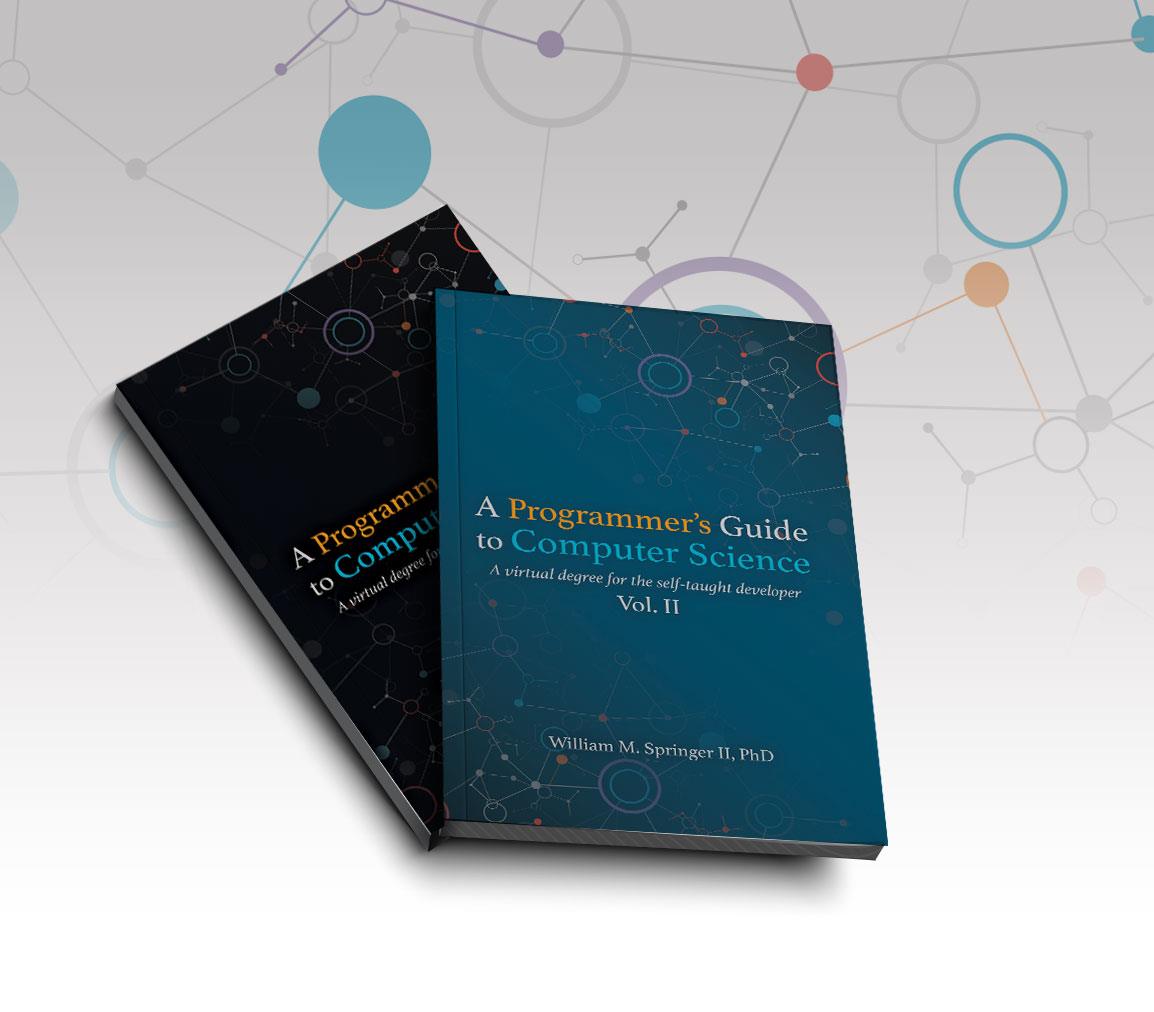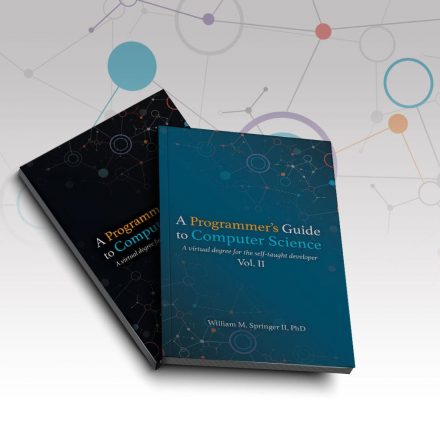I hate stopping for gas.
That’s not the only reason that I’ve long wanted an electric vehicle, but it’s certainly one of the bigger ones. Yeah, the fact that they’re a lot cheaper to run is nice. Avoiding polluting is nice. One pedal driving is fun. But mostly…I hate stopping for gas.
In 2016 I drove a Tesla Model S and I loved it. A few years later I drove the Model X (I didn’t love it as much). In 2022 I drove an Ioniq 5 and tried to buy one, but you just couldn’t get them anywhere.
Choosing a vehicle
When we needed a new vehicle this year, I was set on an EV. I test drove a Volkswagon ID.4, a Chevy Bolt EUV, and a Kia Niro, in addition to pricing the Hyundai Ioniq 5 and Toyota BZ4x.
People always mention the tight turning radius of the ID.4, and I liked that. I liked the handling on both it and the Niro. I spoke with another employee where I work who has the ID.4 and he said it was the best car he’s driven (although he hates the software). Due to a need to keep payments down and in the hopes that battery technology will improve over the next few years (I’d really like to have a 350 mile range to make road trips easier), I decided on a two-year lease of the base model.
Running the numbers
VW was advertising $299/month leases with nothing down, although once you add in taxes, fees, and the fact that the car will have some options, it ends up being closer to $400/month. With incentives, the purchase price would have been around $30k.
The ID.4 is almost identical in size and weight to what I was previously driving (a 2012 Toyota Highlander), but since those have gotten a foot larger in the last decade, I’ll instead compare it to a Toyota Rav4, which costs slightly more to lease than the ID.4, costs slightly less for the base model (around $29k), and has almost the same length and width (to within half an inch).
In the three weeks I’ve had the ID.4, I’ve driven about 900 miles. Depending on which (non-hybrid) version of the Rav4 you get, it gets 28-30 miles to the gallon, so we’ll call it 30, which means that would be 30 gallons of gas. Gas in my area goes for $3.39, so that’s just over a hundred dollars’ worth of gas.

I’ve averaged 3.9 miles to the kWh over that 900 miles, so that’s 231 kWh of electricity. Electricity here is just over 17 cents per kWh, so the charging would have cost $39.84 – 60% off the price of gas! I say would have, because the power company pays me less than 4.4 cents per kWh for the excess power generated by my solar panels, so my actual cost for that electricity was about $10 and I saved about $30/week compared to gas.
Charging and range
The base trim on the ID.4 has a range of about 200 miles, but normally I’m driving around 30 miles/day during the week. Plugging into a 120v outlet recharges the vehicle at a rate of about 4 miles per hour, so I can just plug in when I get home and the battery is recharged before I leave in the morning.
If we had a 240v outlet in the garage, I could charge a lot faster, but it hasn’t been enough of a priority to bother with yet. I did have one Sunday when I drove over a hundred miles in the car and didn’t want to wait a few days for the battery to be back to its usual level of charge, so I plugged in to a public level 2 charger while my kid and I were at the library and paid $1.27 to get 9.5 kWh (or 35+ miles of range).
Ideally, when I purchase an EV I would prefer 350 miles of range just because that would be convenient for road trips; you generally like to keep it at between 20% and 80% battery, which would mean driving about 210 miles between charges, or about three hours on the freeway. Right now most offerings are in the 200-300 mile range, but I’m expecting several 400-mile-plus options to become available in the next few years.
But since this is intended to be my daily driver, not our road trip car – we’ll still want to use the larger Sienna for that – the smaller range has been fine.
And plugging it in when I get home is so much less annoying than having to stop for gas.
Driving experience
When it comes to actually driving the car, I have few complaints. The ID.4 doesn’t have full one pedal driving and requires an extra step to even activate the regenerative breaking, so most of the time I end up not using that and just driving it the same way I would an ICE vehicle.
The voice controls have been hit or miss (mostly miss) for me, so I largely just control everything with the buttons. The extra large display is really nice for the backup camera. I have lane assist turned on, and it’ll nudge the steering wheel slightly if it thinks I’m too close to the edge of the lane.
I had one incident recently when I was pulling into a parking spot and the car just stopped. I knew I hadn’t hit anything, so I figured something must have triggered the automated brake; getting out, I realized the car had decided I was too close to a hitch that was sticking out from the truck in front of me. So that’s a nice safety feature.
You can use either the built in navigation or your phone with carplay/android auto. If you’re using the built in navigation, there’s a subtle LED light strip under the windshield that indicates when it’s time to turn. The software isn’t perfect – for example, I’d like the option to just save the location I’m currently at rather than searching the address first – but based on what I’ve heard about older versions of the car, it must have improved a lot for the 2024 models.
Overall – with the exception of when I’ve needed the extra space in the Sienna (sometimes you really do want a van) to haul things that wouldn’t fit in the ID.4, I haven’t chosen to drive our other vehicles since I got this one.
From a passenger perspective, when we drove the Ioniq 5 the front passenger seat felt a little cramped to me and I don’t notice that here. My daughter tells me that the backseat is roomier than the Highlander’s. It doesn’t have as many cupholders as I’d like, but you can get a third party attachment that fits into an open slot to add more.
Overall impressions
Overall, I’m pretty happy with the vehicle so far. Obviously, when the lease is up I’ll be looking at all the options for what’s available, but at this point I could very well see purchasing a 2026 ID.4 in two years.
Hopefully the Pro version with the massaging seats.

 ut, but I’ll probably give the print functionality in Vellum a shot first.
ut, but I’ll probably give the print functionality in Vellum a shot first.


